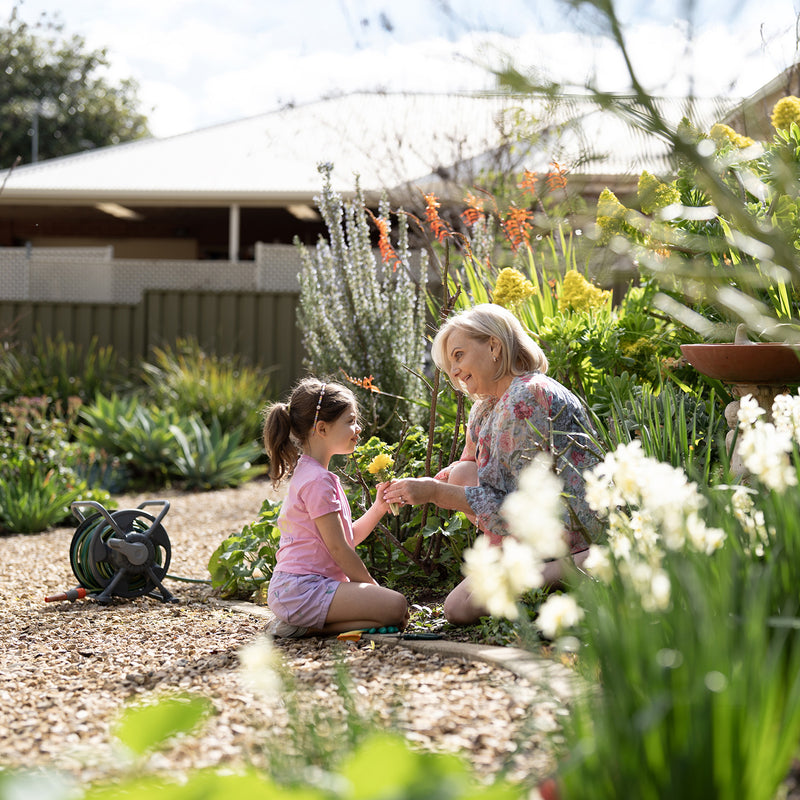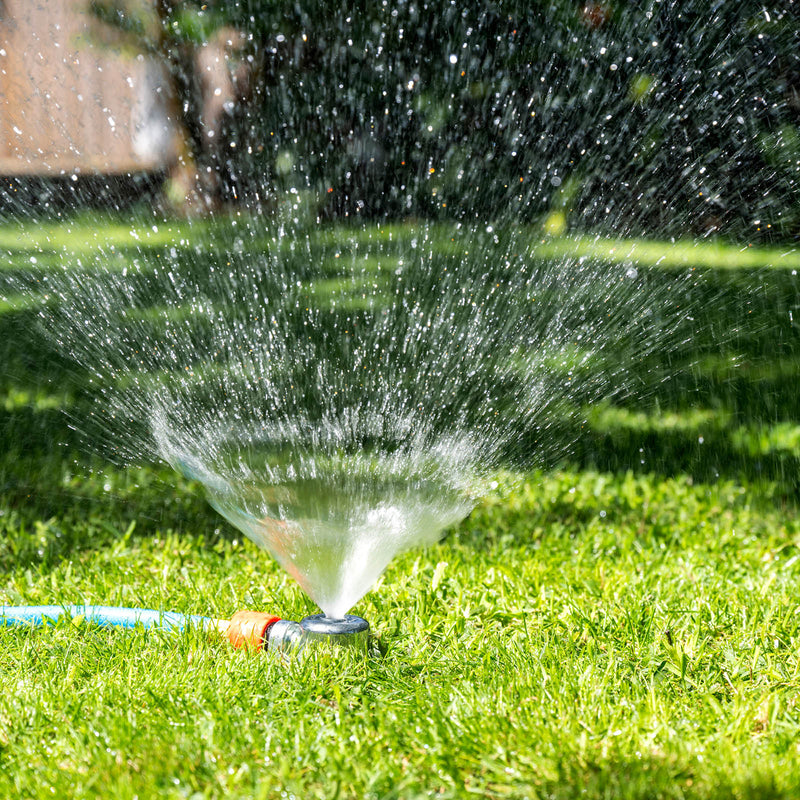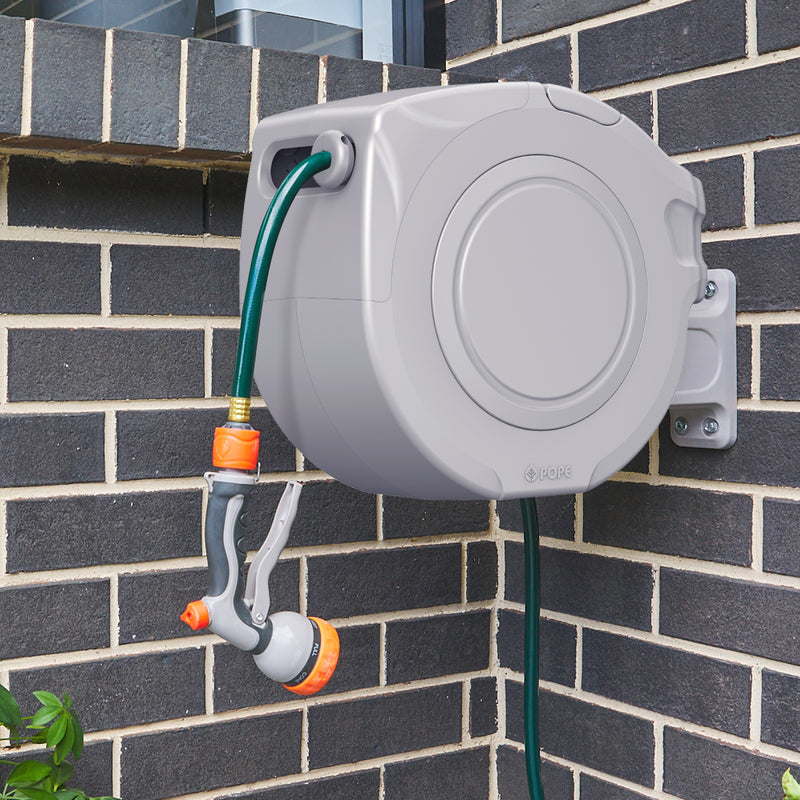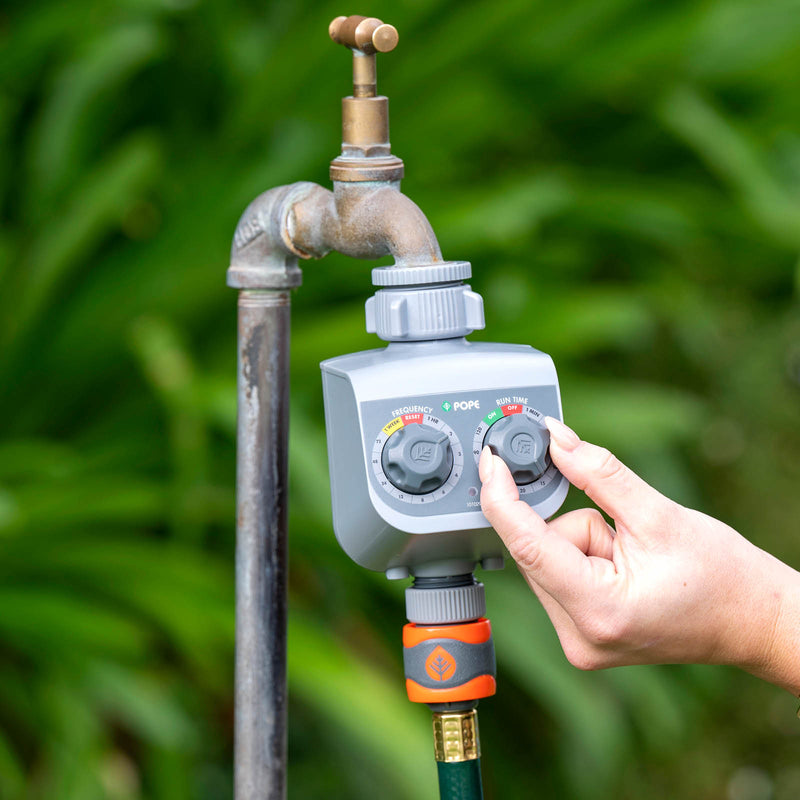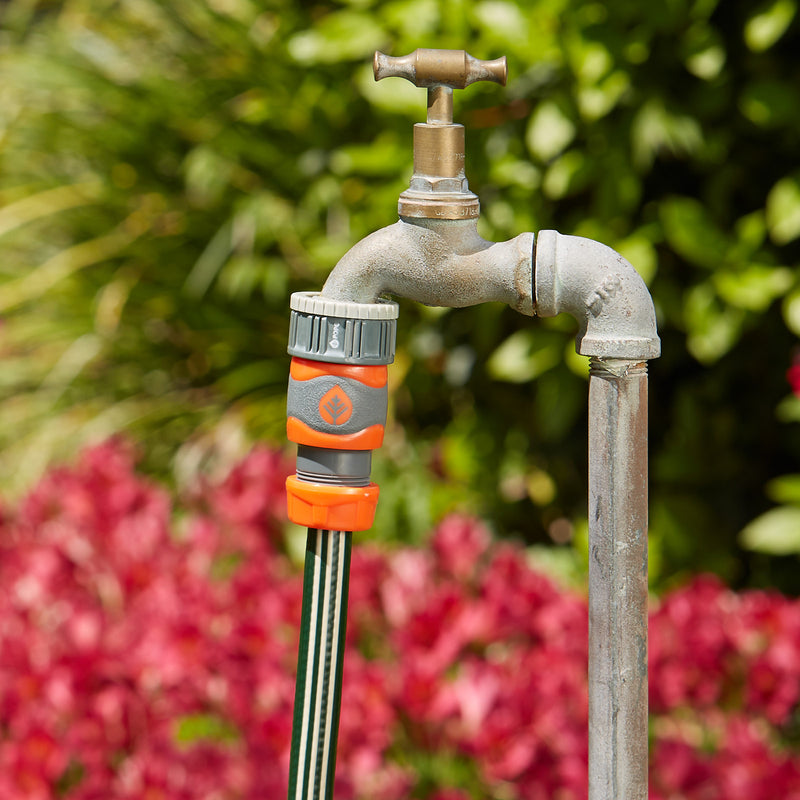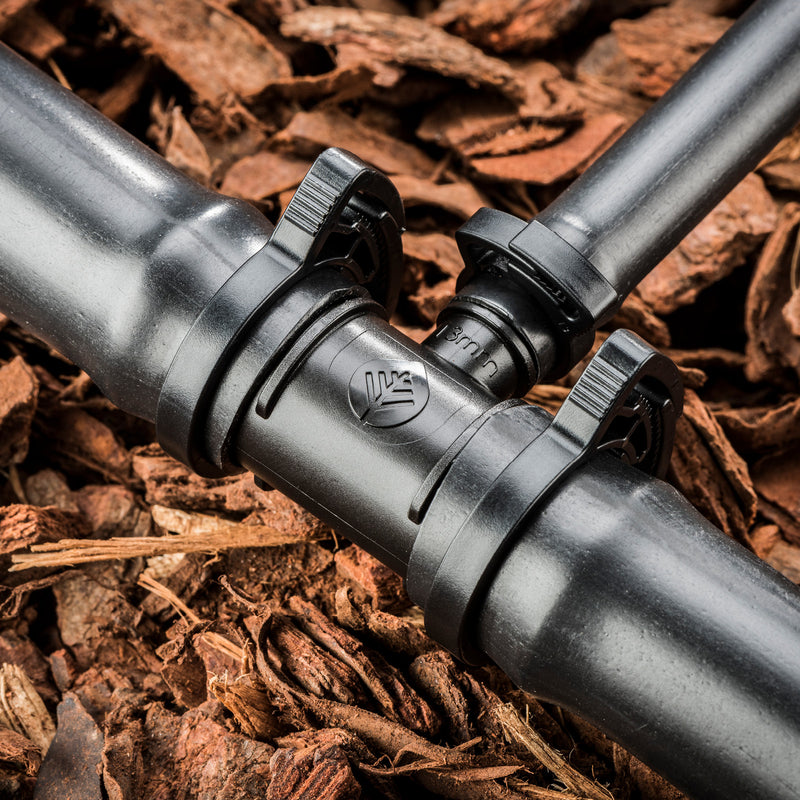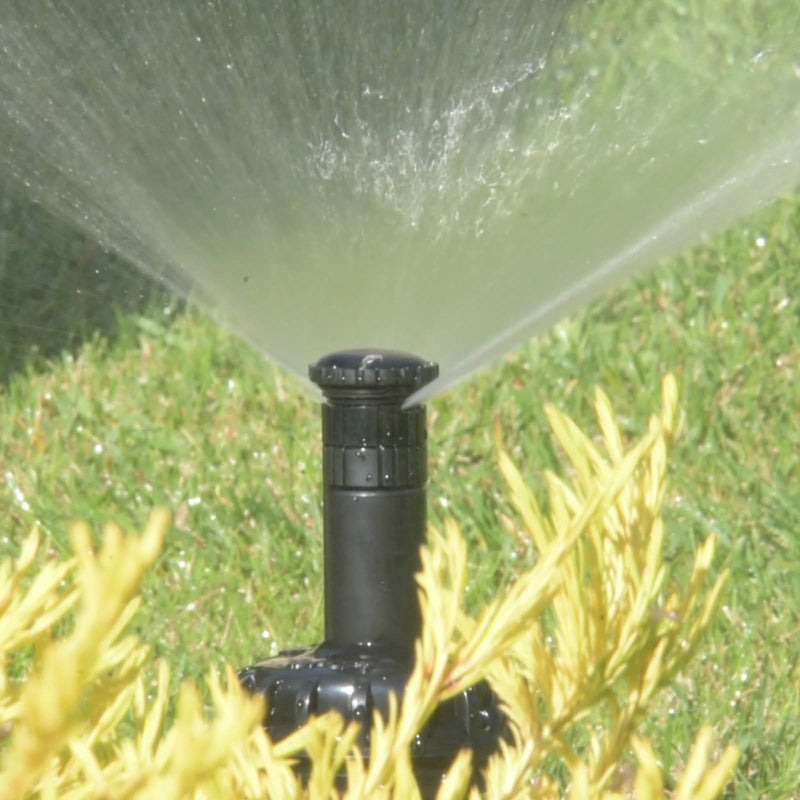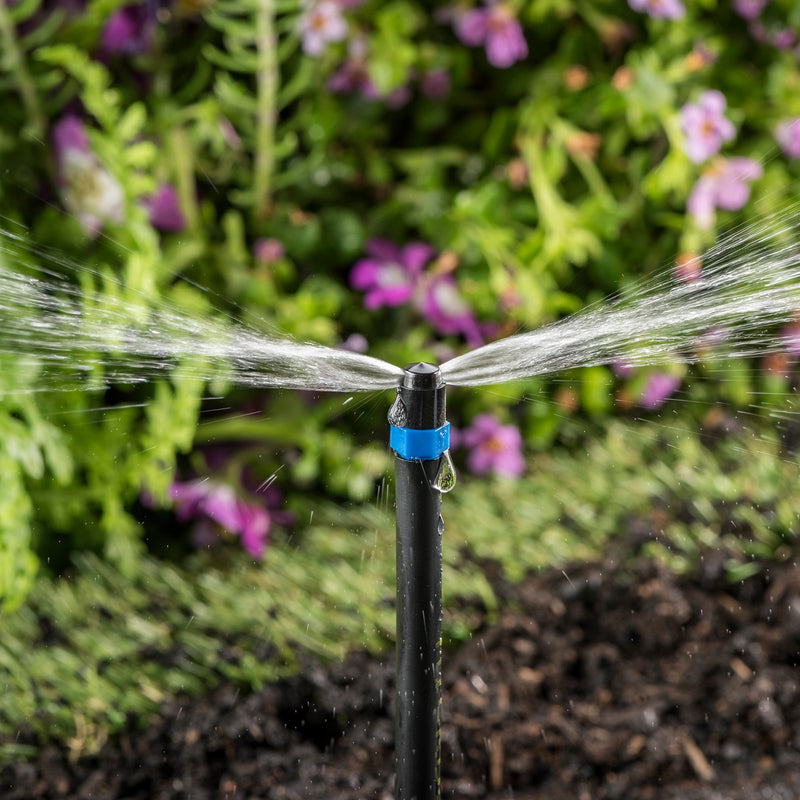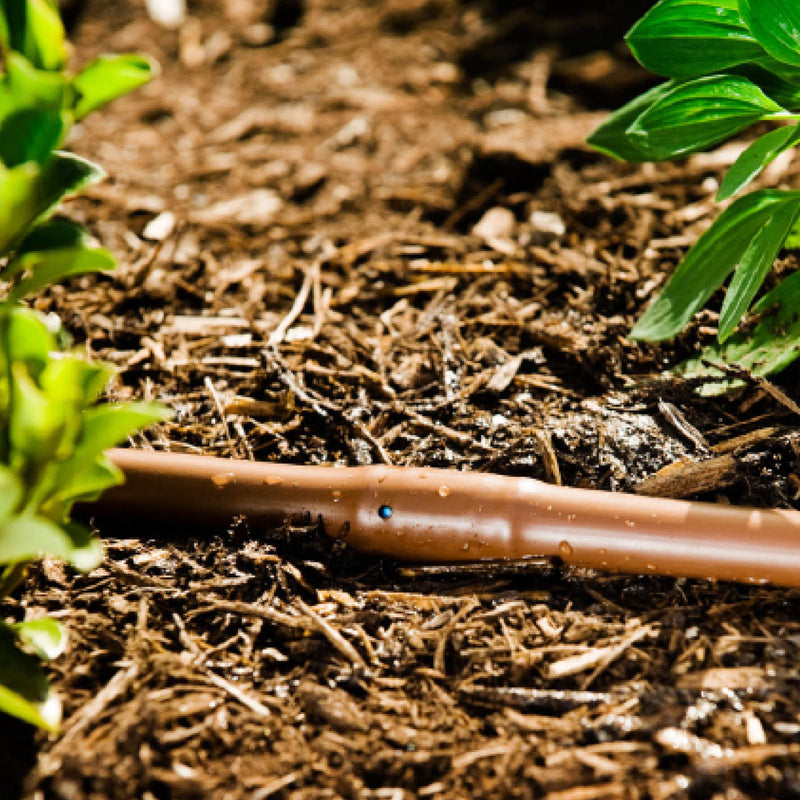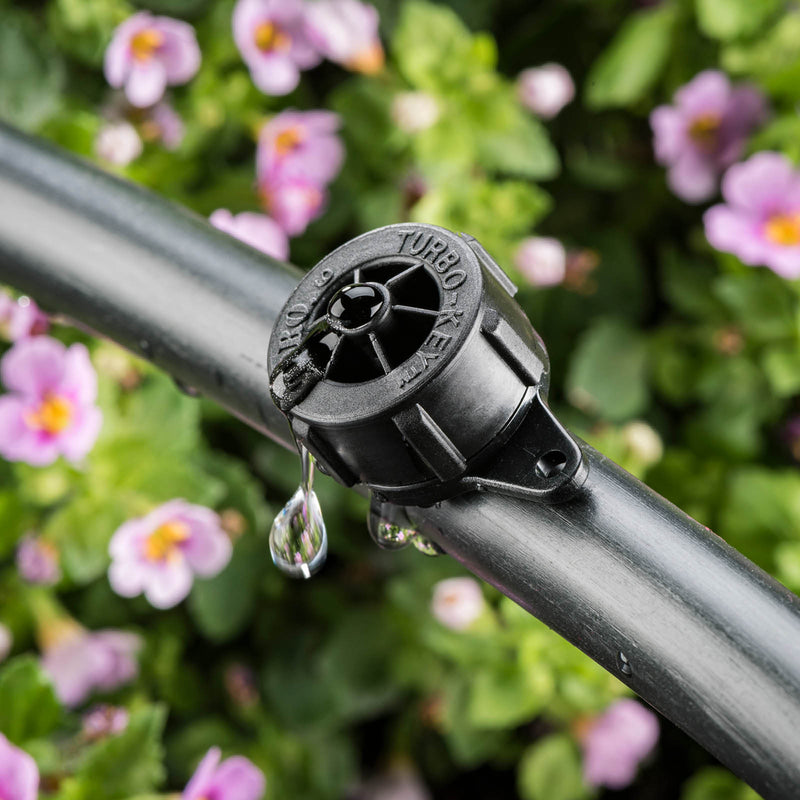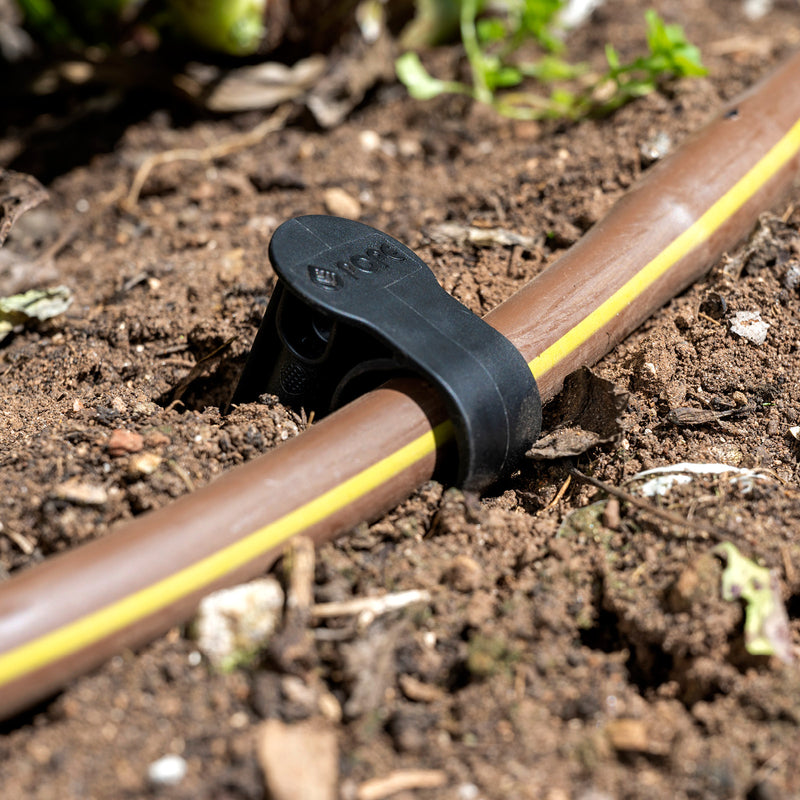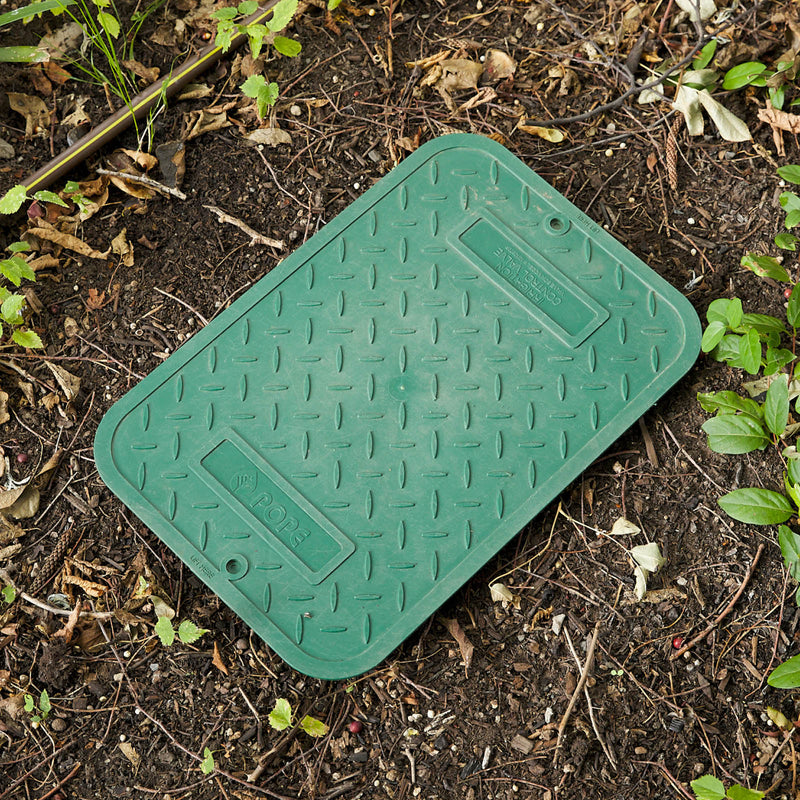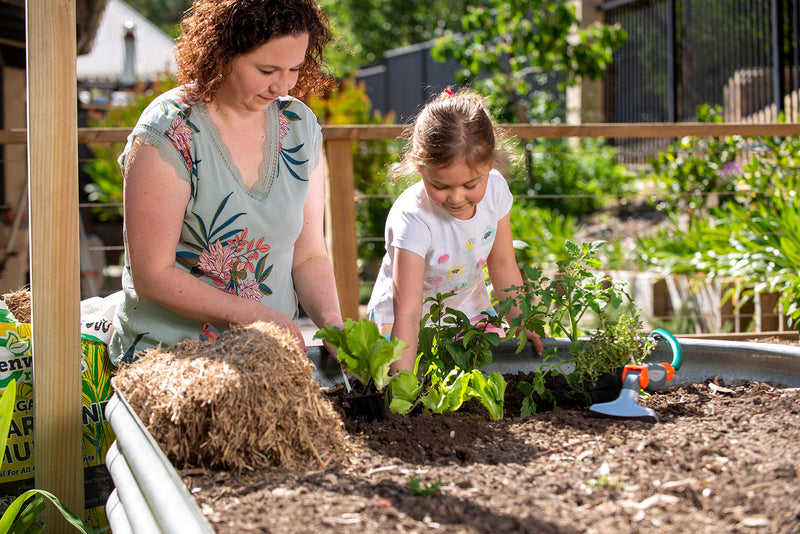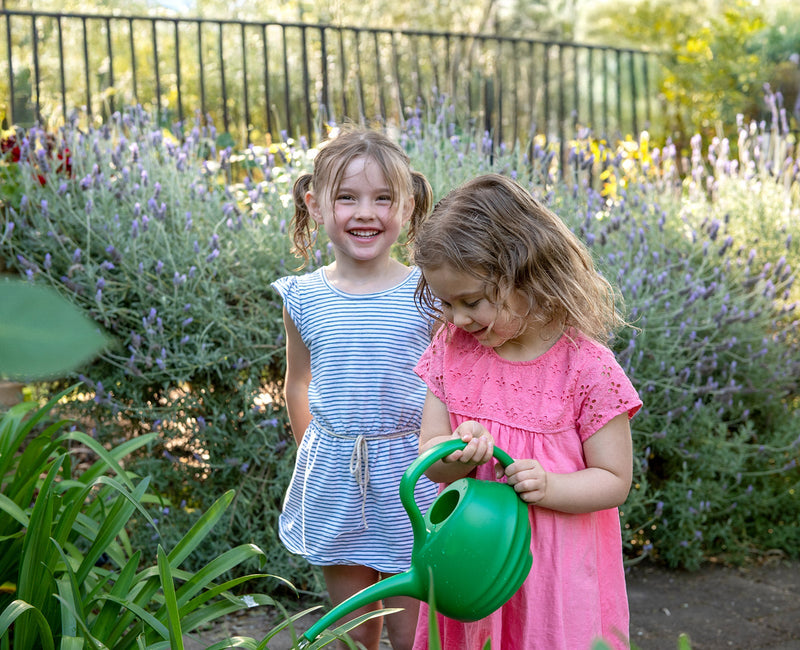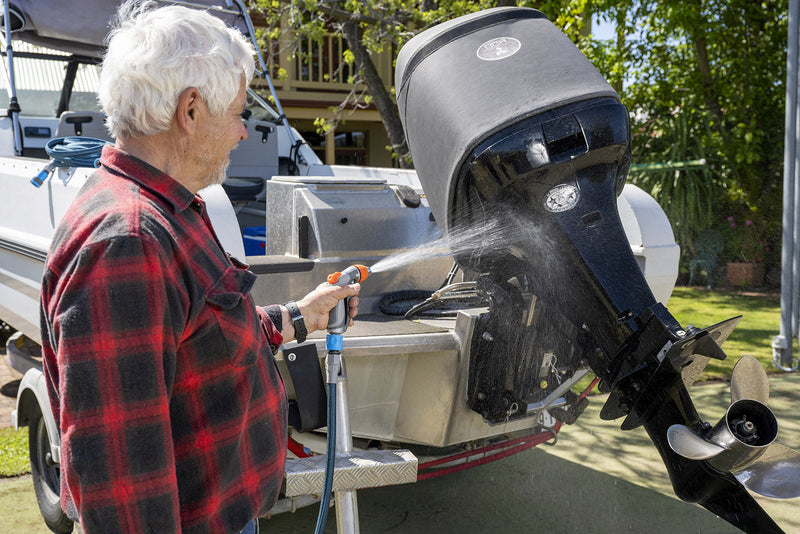
Browse our product range
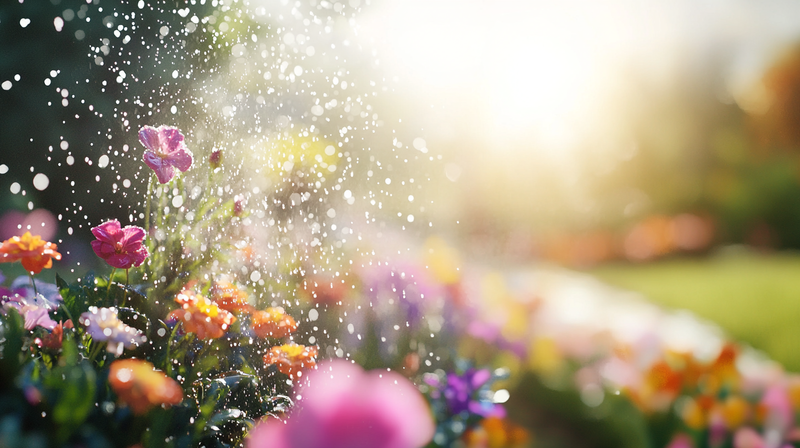
Find the Perfect Hose for Every Garden Job
The right garden hose can make any watering task a breeze. Whether you’re on a budget or want a top performer, there’s a hose fit for the job.
Learn more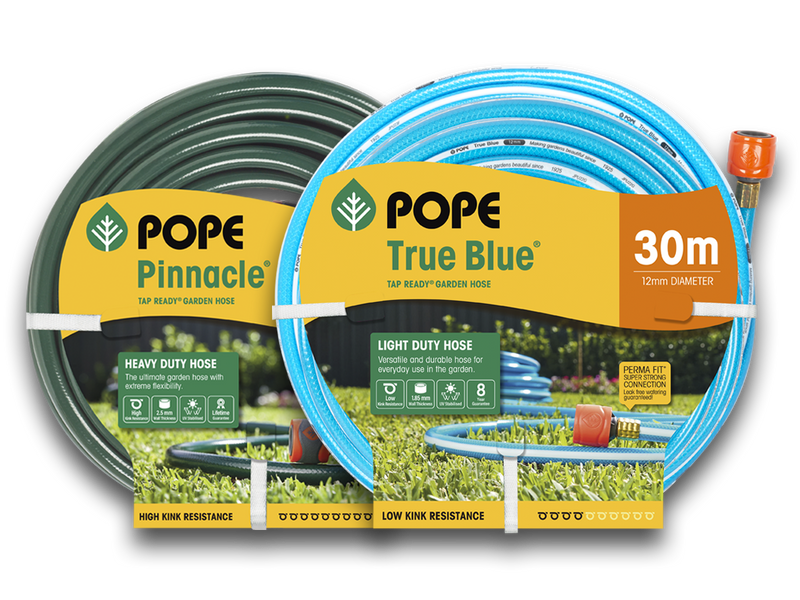
Ideas and Advice
Get out into the garden all year round with Pope’s picks for planning, planting, watering and more
Design Your Perfect Irrigation Setup with Pope
From DIY-friendly drip lines to clever tap timers and pop-up sprinklers, Pope makes it simple to water smarter. Whether you’re refreshing a garden bed or planning a full backyard overhaul, we’ve got the gear and guidance to help you build an efficient, tailored system that keeps your garden thriving all year round.
Learn more